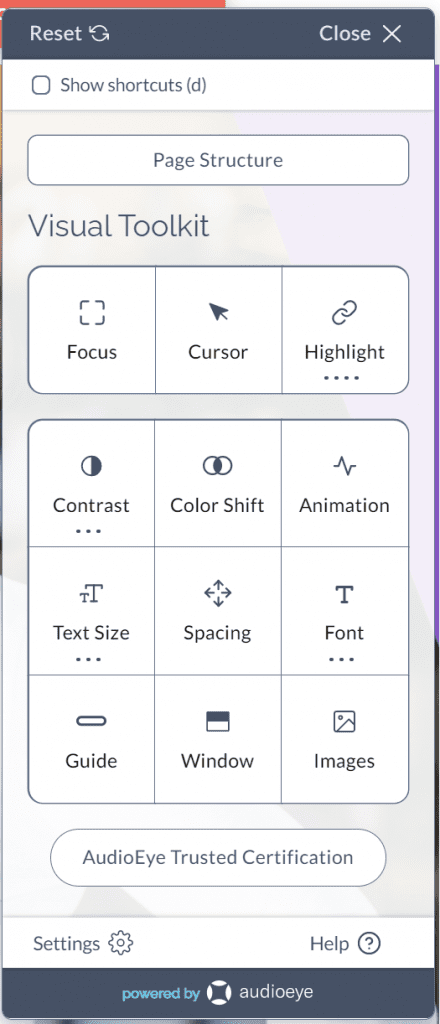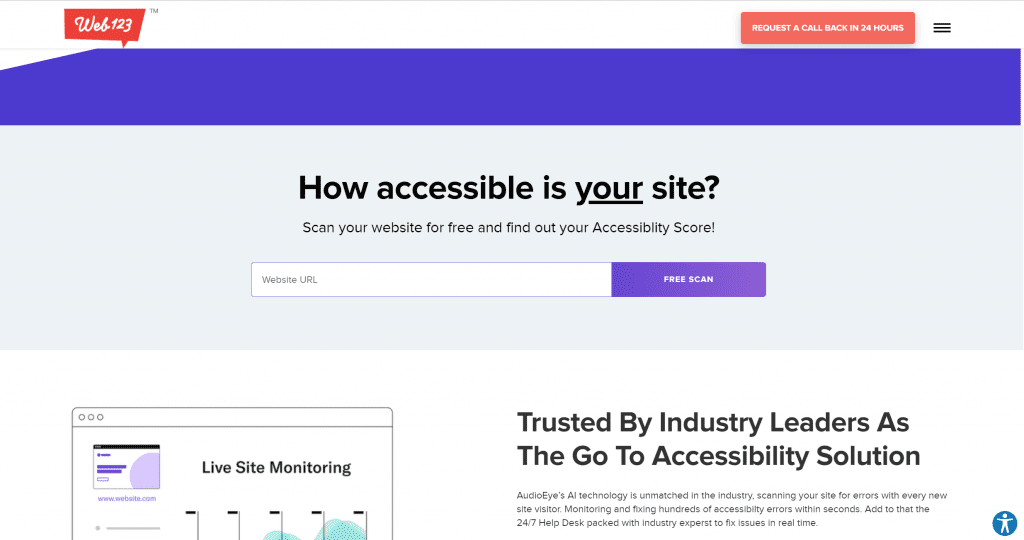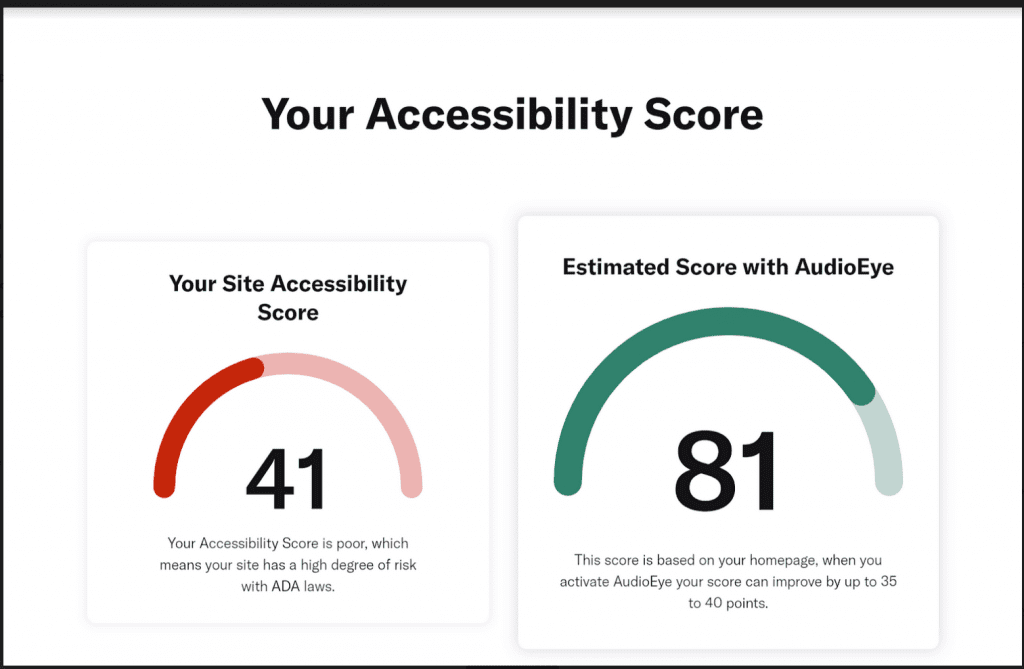Why are local councils and governments taking the hard road to web content accessibility?
Web Content Accessibility Guidelines (WCAG) are used all over the world by content creators, developers, accessibility testers, and anyone who wishes to ensure a cohesive digital experience.
As outlined in those guidelines, which were developed in 1999: “Accessibility involves a wide range of disabilities, including visual, auditory, physical, speech, cognitive, language, learning, and neurological disabilities.”
In fact, the Disability Descrimination Act of 1992 requires that all Government and Council websites adhere to the Web Content Accessibility Guidelines to ensure that their sites can be accessed by people with disabilities.
In Australia, organisations are expected to meet Level AA compliance for Web Content Accessibility. This means that your organisation should aim to meet either WCAG 2.0 Level AA compliance; or WCAG 2.1 Level AA compliance.
But many councils and government websites are not even meeting the minimum requirements for accessibility, let alone Level AA conformance for WCAG.
Why should councils and governments pay attention to web content accessibility?
1. Save time and money
Let’s start with communications budgets within councils and government.
Web accessibility could provide financial benefits in the form of cost savings, including lower maintenance costs, and a reduced requirement to provide web alternatives. So this could save your organisation hundreds of hours every week on customer service time.
Imagine what you could do with that – your staff could experience increased productivity, as your website is accessible to many more constituents, making you stand out when it comes to other councils.
It also means that people with disabilities have a cohesive digital experience, where they’re able to navigate your site, rather than having to make a phone call to customer service.
(Statistically, the highest number of internet users are online between the hours of 7pm and 11pm, hours that councils or government departments are not even open.)
2. Reduce customer service time and improve customer satisfaction
When people can use your website effectively, and get the info they need quickly, it reduces the “human” customer service time, and creates a higher satisfaction rate from your constituents.
It’s exceptionally difficult for able-bodied people to comprehend the hurdles that people with disabilities face, as well as the various types of disabilities, and how it affects their access to the digital world on a daily basis.
But, by making your site accessible to people with disabilities, it may also attract other users too, because web accessibility helps more than just those who need it.
Those on mobile, older users, and users with low-bandwidth connections will also get to experience your website without having to seek help.
3. Keep your current website design
Best of all, you don’t need to commit to a full website redesign. You simply need a few tweaks to ensure your website is accessible to more users, and watch as your organisation benefits.
So why aren’t local councils and governments making accessibility a priority?
Firstly, budget is always a concern.
The process of manual remediation is not only time consuming but costly, so it’s often placed on the back burner. Budgets just don’t stretch that far.
Plus, the standards that many websites were built to don’t account for new content and elements that were added to the site later on. This is where the site starts to be non-compliant.
So, what is the solution?
There is an easier way to achieve accessibility rather than doing it all manually.
We’ve partnered with Audioeye AI, which will fix 76 per cent of the 400+ most common errors.
Here’s what the Audioeye Toolbar looks like. It helps people with epilepsy, dyslexia, colour blindness, contrast and focus issues.

Audioeye’s patented AI technology tests for over 400 accessibility and compliance issues, and on day one, it can fix more than 73% of errors on average, reducing the time to make content accessible.
Without AI remediation like Audioeye, you could spend thousands of dollars trying to bring your site up to WCAG conformance manually and still only achieve mediocre accessibility compliance.
What does Audioeye do?
Audioeye scans your site for new issues with every site visitor, detecting and fixing hundreds of errors in seconds, remediating them on every new visitor to the site 24/7.
Without Audioeye’s AI technology, getting a result today from manual remediation doesn’t mean you will still have that result tomorrow as you add in more content, like images and pages, over time.
By combining both Audioeye for the 400+ common accessibility issues, and then manually resolving the more complex accessibility issues, your site can truly be accessible to all, starting at the cost of a takeaway coffee per day.
Does your current site meet web content accessibility standards?

Providing website accessibility needs to be at the forefront of your website experience.
Some councils are saying “close enough is good enough” but when you really understand the benefits, not making your website content accessible is just burning through piles of cash in the long run.
Manual remediation can only do so much, and it can miss the crucial elements of your website additions over time. There is a better way with Audioeye, which, put simply, continuously improves web content accessibility over time.
We partnered with Audioeye because we believe that councils and governments can do more to make their websites accessible to all users without shelling out thousands of dollars for a brand-new website.
Let’s make your web content accessible to all users, starting at less than the cost of a takeaway coffee per day.
Best of all, you can try it for yourself right now.

Find out your website’s accessibility score in less than 30 minutes using our Free Audioeye Accessibility Tool here
Yes, it’s 100% free, and you can use it right now to check out your site’s score, and how Audioeye can improve it.
Here’s how it works:
- Click this link
- Enter your website URL and hit the “Free Scan” button
- Discover how your website can be made more accessible instantly!
Don’t waste another moment – get your website on the right track to being fully accessible in just a few clicks.
Give Us 30 Minutes & We’ll Help You to Improve 400+ Website Accessibility Issues. Go here now >
